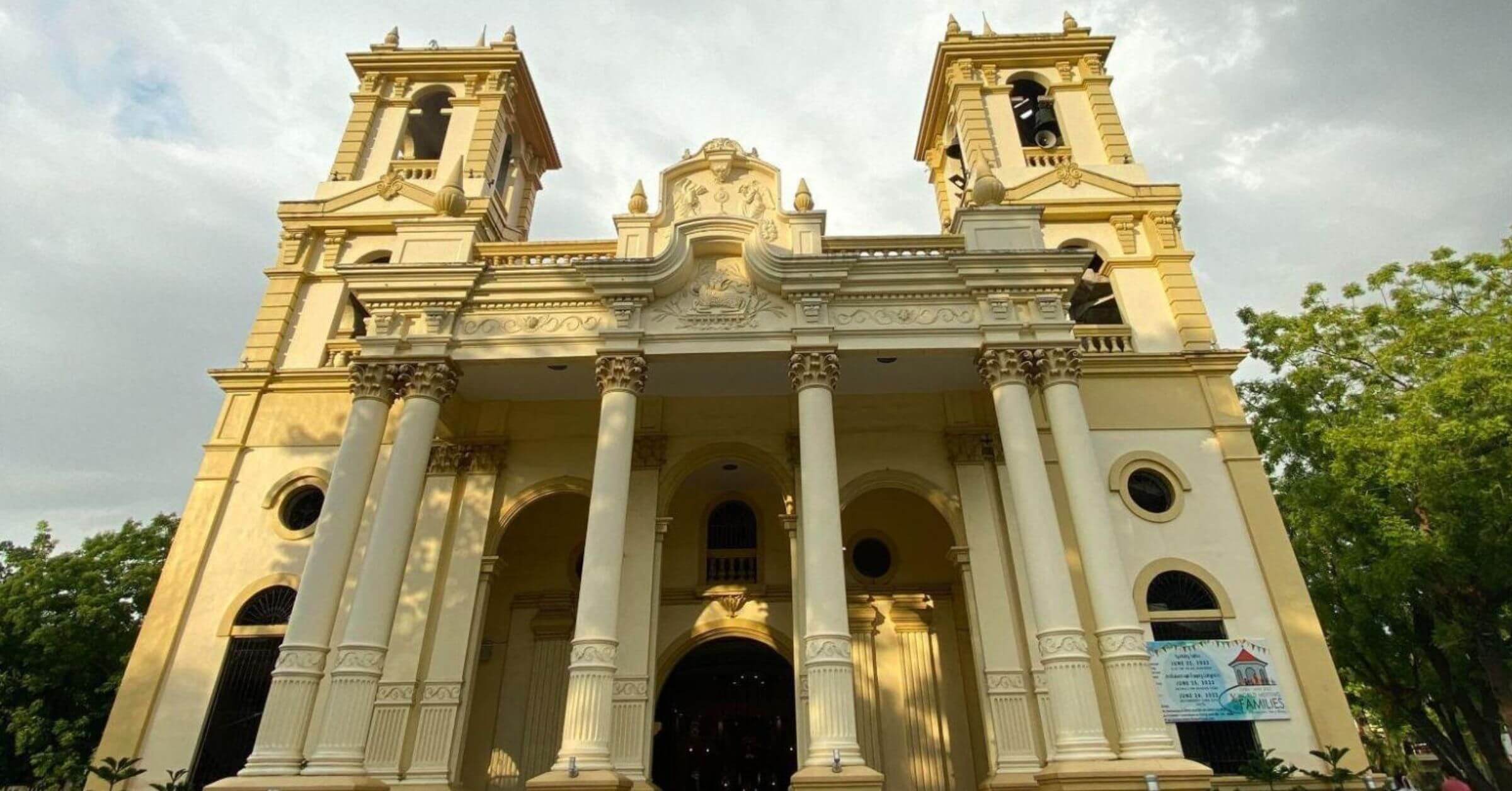elisa Adolfo Presbetero, 67, has been selling candles outside the Saint Francis of Assisi Parish in Balamban for more than 30 years now. The money she makes selling candles helped her send her children to school.
“Gikan sa pag-eskwela sa akong mga anak, hangtod karon naka-graduate [sila] og high school. Dako kaayo’g tabang kay kuhaan pa namo ug pang konsumo, kuhaan pa nako’g [para sa] akong estudyante, kuhaan pa bayad sa tubig, suga pa,” Presbetero said. (From my children’s schooling, until now that they have graduated from high school. It’s a big help because we get money for our needs, including for water and electricity bills.)
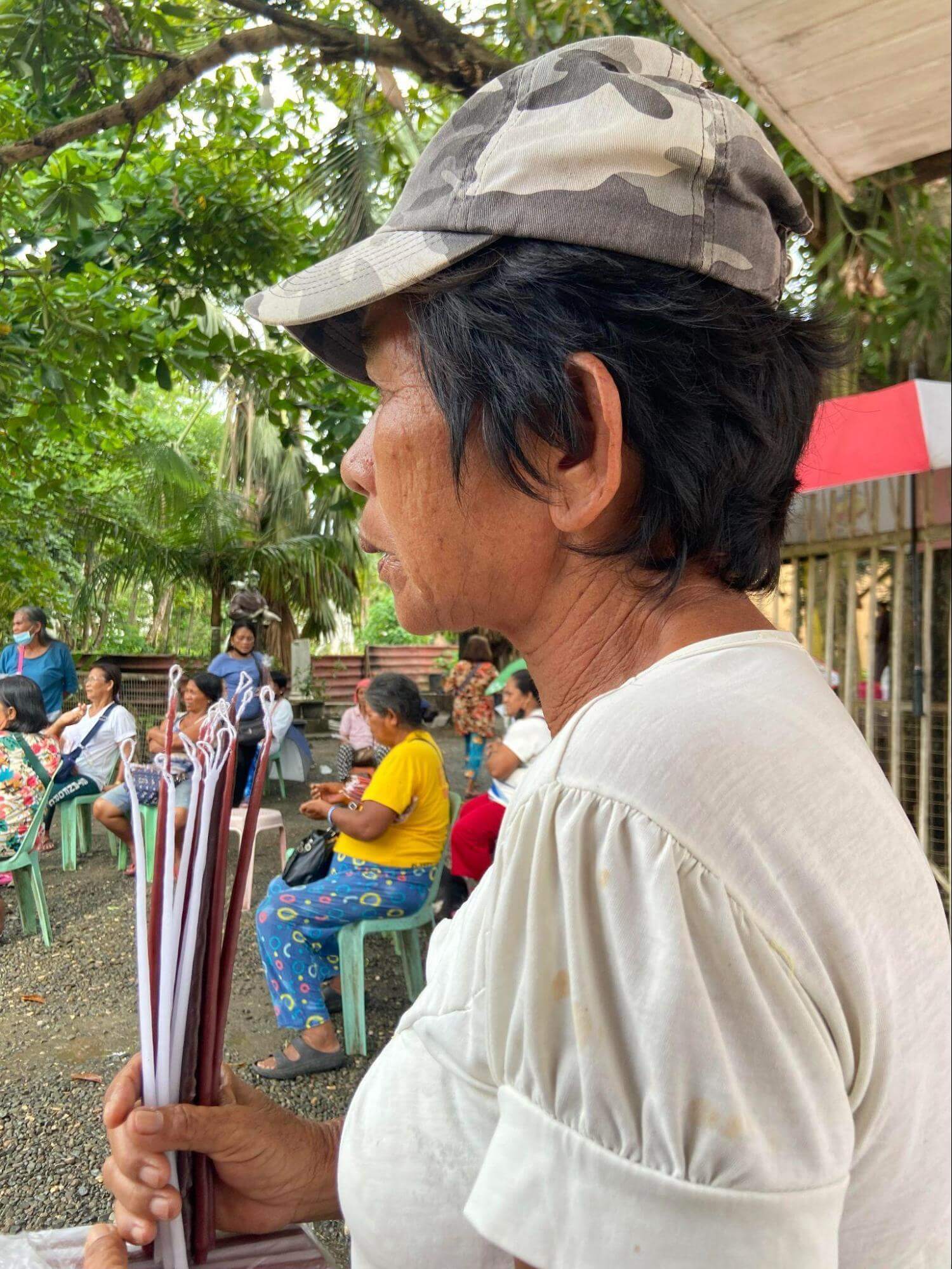
Presbetero said she earns less now with more vendors selling near the church. She also said that pandemic restrictions hit candle vendors hard. But with the lifting of attendance limits, business is slowly going up.
Marie Angeli Quirante, a 34-year-old nurse who is a native of Balamban, said “the church has always been a safe haven” for her and her family. Marie Angeli’s mother was a secretary at the church before her passing.
“I remember being a 5-year-old kid running around the church, and then studying at the Saint Francis Academy. The church has definitely changed a lot. From the interior to the exterior of the church, it’s not as I recall it.”
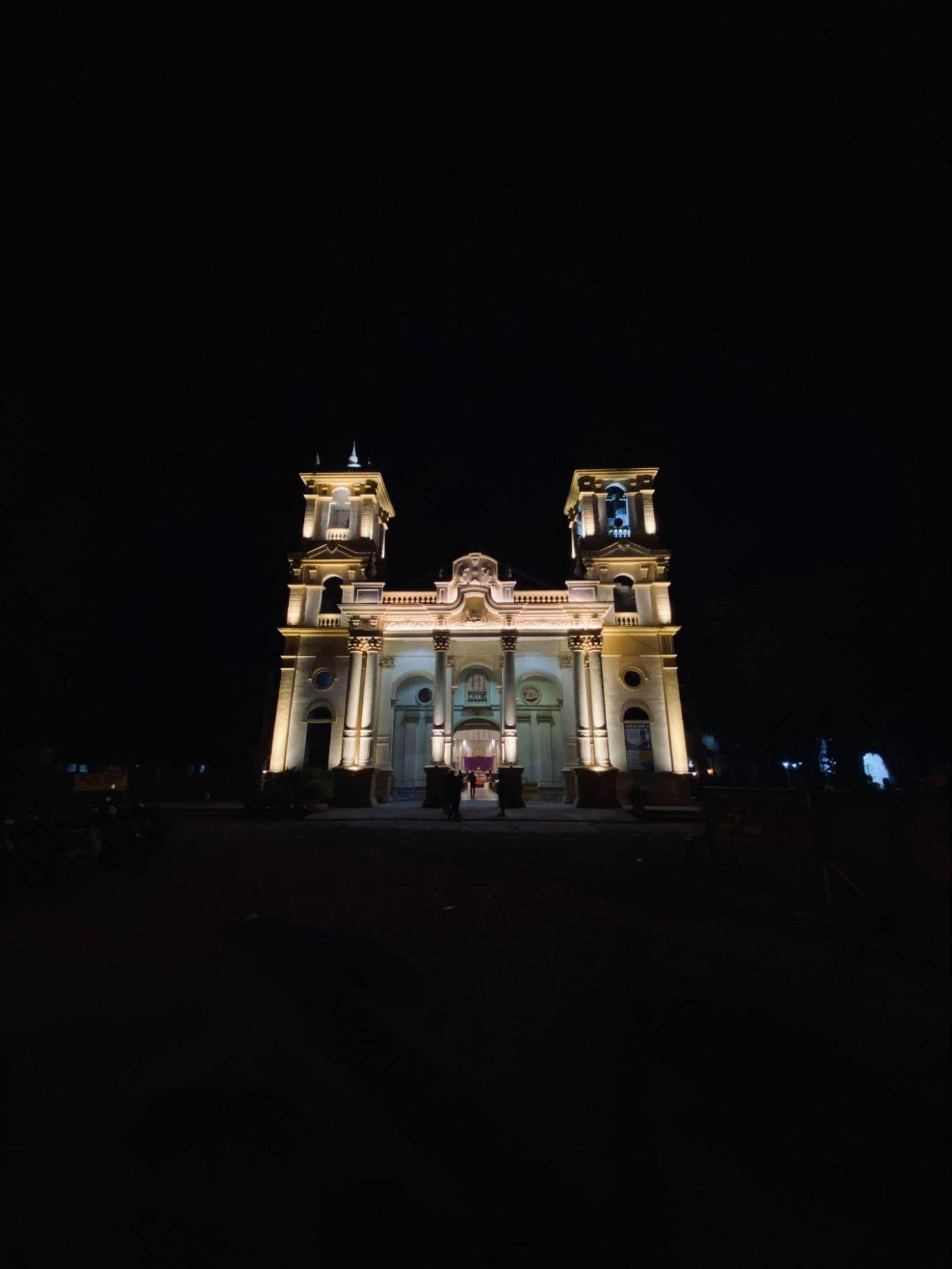
The town of Balamban used to be the Barangay of Balangbalang. In 1857 during the Spanish colonial period, the bishop of Cebu and Negros, Msgr. Romualdo Jimeno, decided to create a separate parish independent of Jinulauan, now known as Toledo City. The decision was spurred by the barangay’s rising population. A church and rectory dedicated to St. Francis of Assisi, the founder of the Franciscan Order, was built.
Although the church is now perched in the heart of the town, it wasn’t always as it currently is. Behind the massive columns and exquisite facade is a long history of imploring to leaders in Manila by the church’s parish priest, Fr. Luis Manuel Locsin, in hopes of providing an appropriate place of worship for the Balambanons.
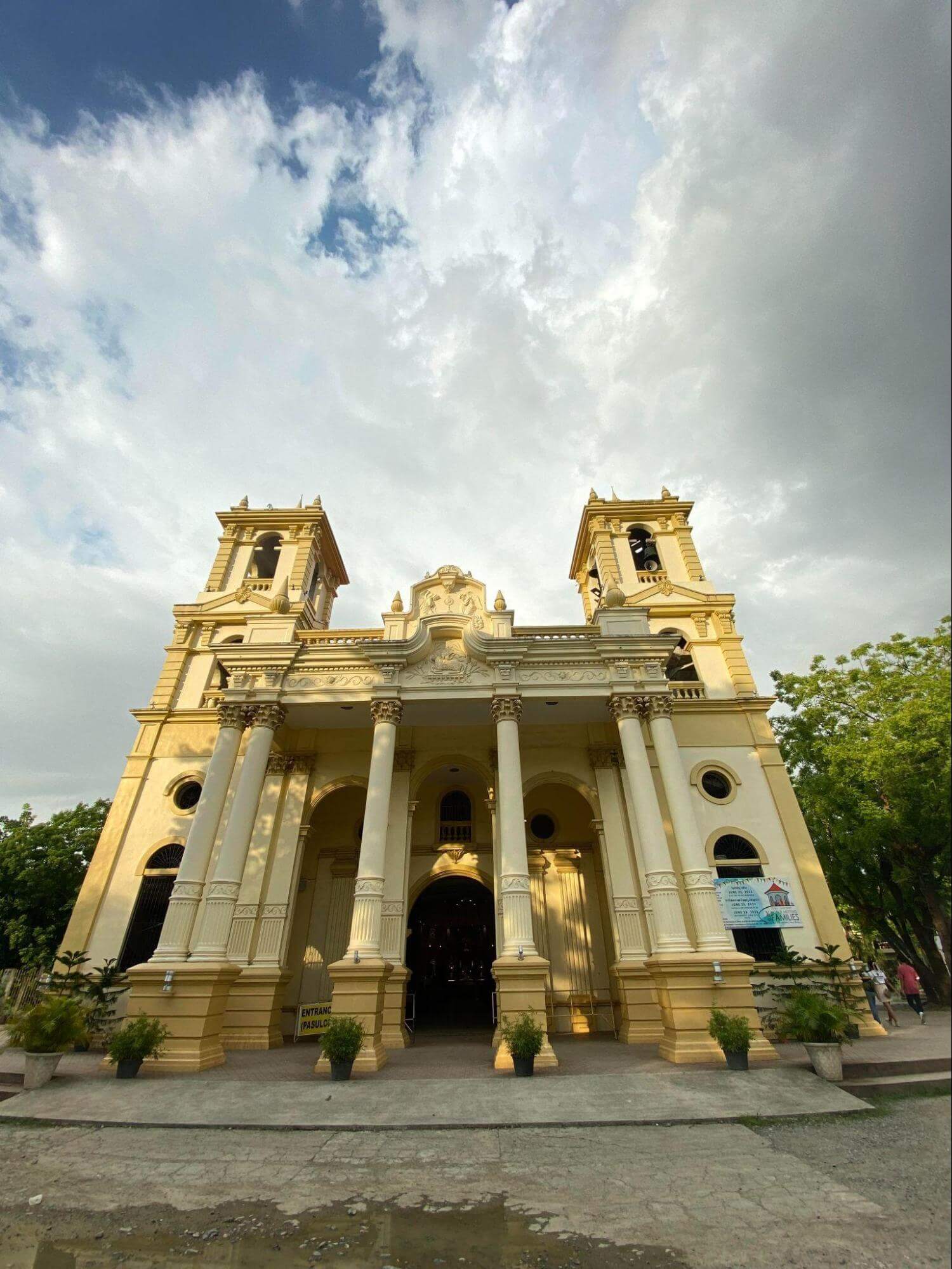
Over the next 18 years, he wrote letters that went unnoticed. As a temporary place of worship, Fr. Locsin had to make the best out of a tiny chapel made out of light materials. Their use of inferior materials in the construction of the chapel caused it to burn easily on October 5, 1875, just two days after Fr. Benito Ramiro was named Balamban parish priest.
Fr. Ramiro consulted with Bishop Benito de Madridejos, Cebu’s bishop at the time, and they immediately agreed on a plan to build a concrete church. In September of 1881, a letter was sent to the government of the Province of Cebu. A year later, the endorsement to build a church was approved.
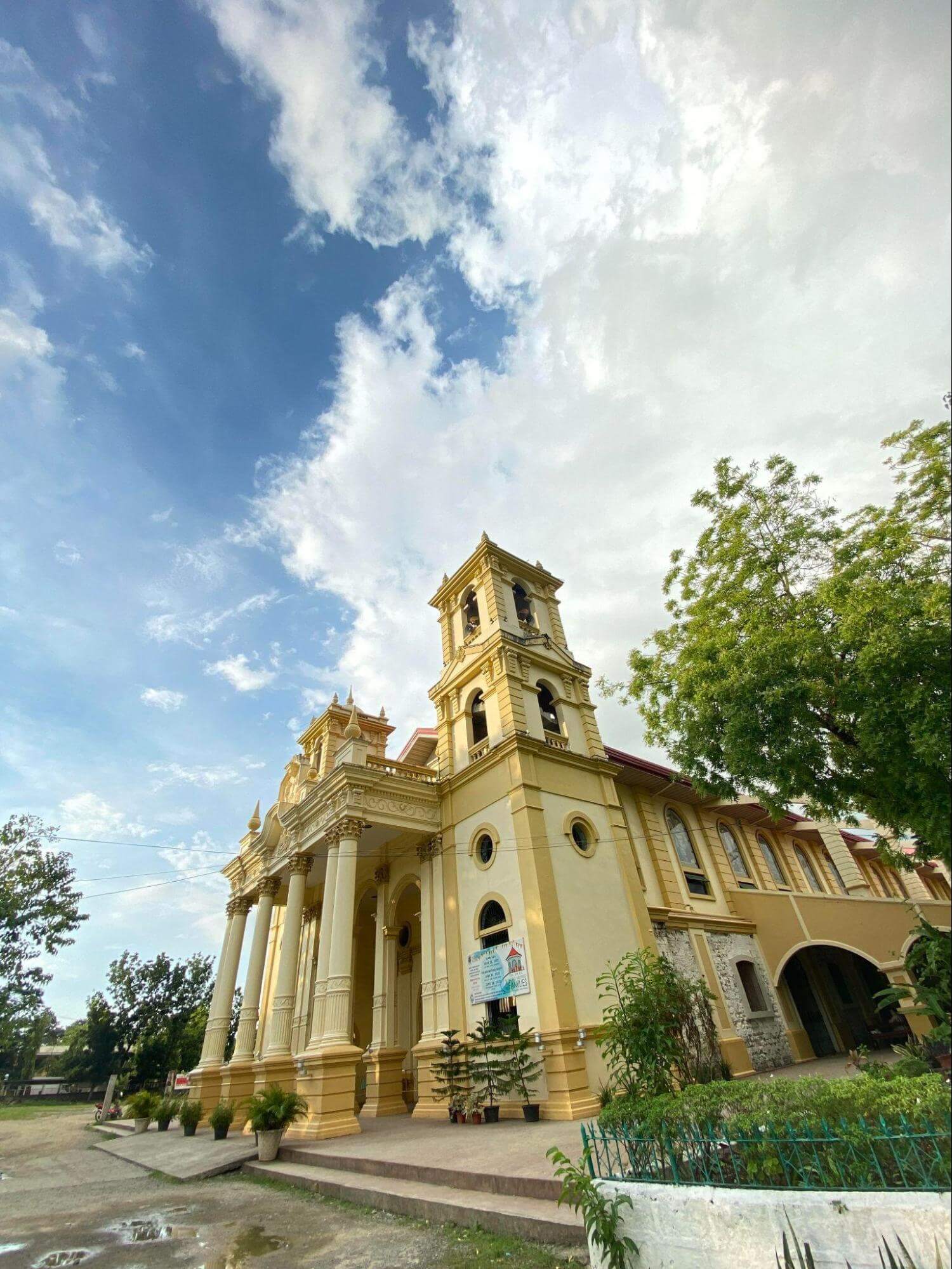
Breulio Yntig, 71, the church’s typist and longest serving employee shared the same sentiments with regards to the church.
“Nausab gyud. Lahi na sauna ug karon. Bisag ang pintal sa gawas, lahi na,” he said. (It has definitely changed. Different from before. Even the paint outside the church is different.)
Breulio said that through his 31 years of serving the church, he has supported his family and helped with sending relatives to school.

